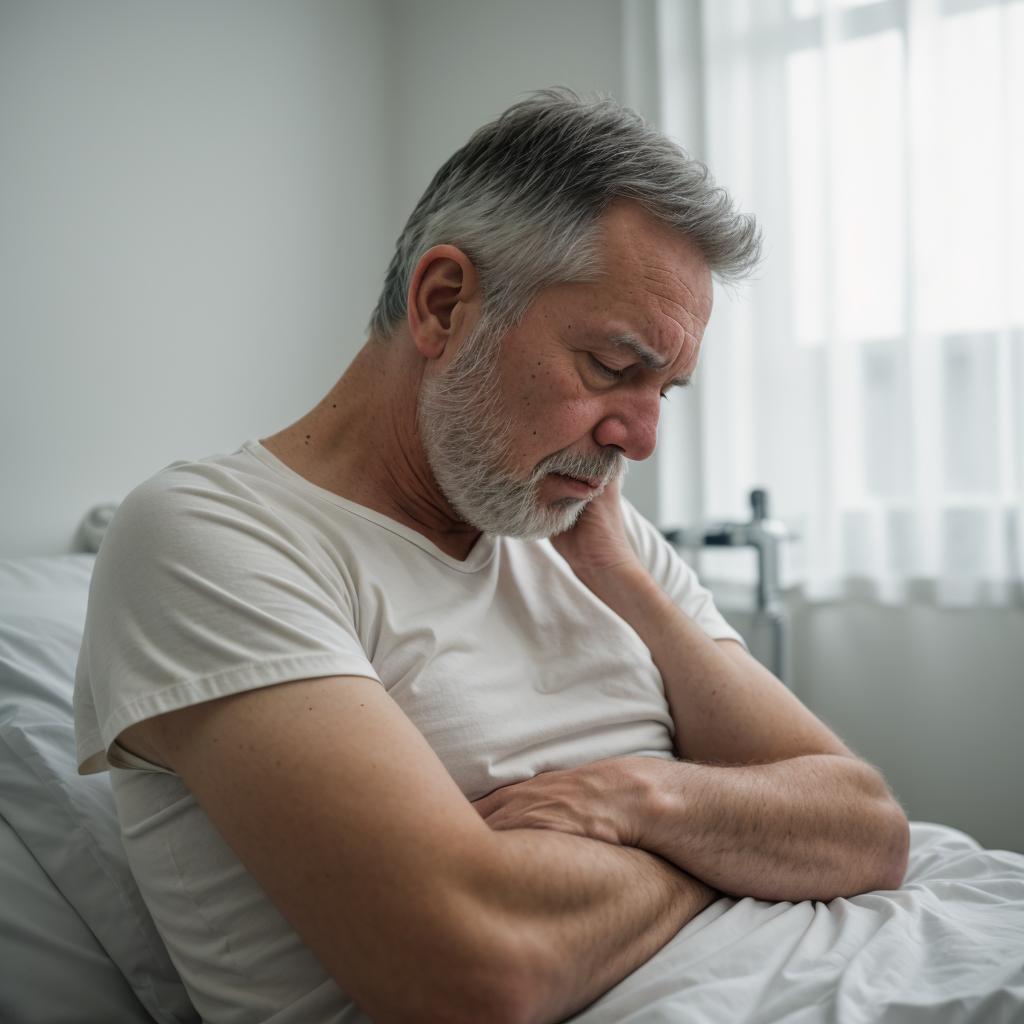

Understanding allergy rash
An allergy rash on the face can be distressing and uncomfortable, causing redness, itching, and sometimes swelling.
It occurs when the skin reacts to an allergen, triggering an immune response. Allergy rashes on the face can vary in severity and may appear as small bumps, patches of redness, or even blisters. Understanding the causes, symptoms, and treatment options is essential for managing this condition effectively.
Causes
Several factors can trigger an allergy rash on the face. Common allergens include:
Cosmetic Products: Certain ingredients in makeup, facial cleansers, or moisturizers can cause allergic reactions in some individuals.
Skincare Products: Harsh chemicals or fragrances in skincare products may irritate sensitive skin, leading to a rash.
Food Allergens: Ingesting certain foods that you’re allergic to can sometimes cause a rash to develop on your face, especially around the mouth area.
Environmental Allergens: Pollen, dust mites, pet dander, and other environmental allergens can trigger allergic reactions, including rashes on the face.
Medications: Some medications can cause allergic reactions, resulting in a rash on the face or other parts of the body.
Symptoms
The symptoms of an allergy rash on the face can vary depending on the individual and the cause of the reaction. Common symptoms include:
Redness and inflammation
Itching or burning sensation
Swelling, particularly around the eyes, lips, or cheeks
Small bumps or hives
Dry, flaky skin
Blistering in severe cases
Treatment
Treating an allergy rash on the face typically involves identifying and avoiding the trigger, along with soothing the symptoms. Here are some effective treatment options:
Avoiding Allergens: If you suspect a particular product or substance is causing your allergy rash, try to avoid it. This may require reading product labels carefully and making lifestyle adjustments to minimize exposure.
Topical Treatments: Over-the-counter hydrocortisone creams or calamine lotion can help reduce inflammation and itching. Applying a cold compress to the affected area may also provide relief.
Antihistamines: Oral antihistamines can help alleviate itching and reduce allergic reactions. Consult with a healthcare professional before taking any medication, especially if you have other medical conditions or are taking other medications.
Moisturizers: Using a gentle, hypoallergenic moisturizer can help soothe dry, irritated skin and prevent further irritation.
Professional Help: In severe cases or if the rash persists despite home treatment, consult a dermatologist or allergist. They can perform tests to identify specific allergens and recommend appropriate treatment options, such as prescription medications or allergy shots.
Prevention
Taking steps to prevent allergy rashes on the face can help minimize discomfort and avoid flare-ups. Here are some preventive measures to consider:
Patch test new skincare or cosmetic products before applying them to your face.
Choose fragrance-free, hypoallergenic products whenever possible.
Wash your face regularly with a gentle cleanser and lukewarm water.
Keep your living environment clean and free of dust, pollen, and other allergens.
If you have food allergies, read ingredient labels carefully and avoid consuming trigger foods.
Dealing with an allergy rash on the face can be frustrating, but with proper understanding and management, it’s possible to find relief. Identifying and avoiding allergens, using appropriate treatments, and taking preventive measures are key steps in managing this condition effectively. If you’re struggling to control your allergy rash or experiencing severe symptoms, don’t hesitate to seek professional medical advice. A dermatologist or allergist can help diagnose the underlying cause and develop a personalized treatment plan to address your specific needs.



